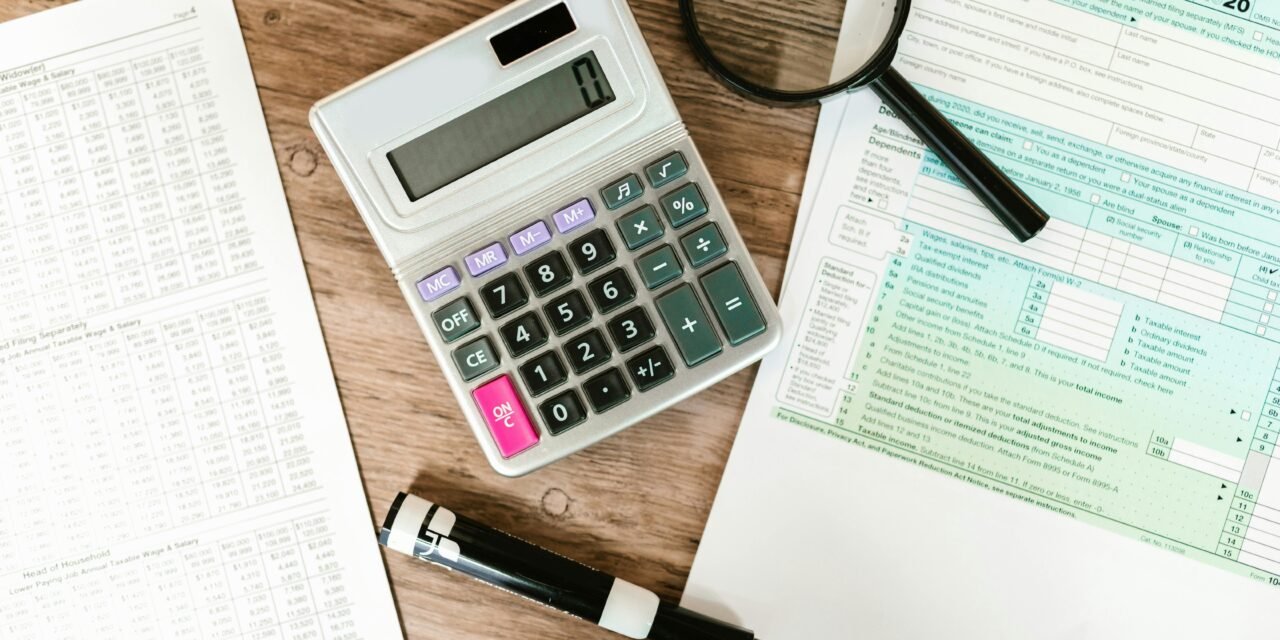Introduction
Debt consolidation—it might seem dull, but it could be your ticket to financial peace. Imagine simplifying your finances and saving money. It might sound like a late-night TV promise, but stick with us. We will explore debt consolidation, examining both its benefits and drawbacks. Let’s see if it suits your financial path. Turn financial stress into empowerment with strategic money management.
What is Debt Consolidation?
Think of your debt as a chaotic party. Each bill or loan demands attention. Debt consolidation gathers these into one manageable payment. You combine debts into one, ideally with a lower interest rate. It makes owing money simpler and might save you money.
Why Consider Debt Consolidation?
Consolidating debts into one can simplify life. Here’s why it might be your financial hero:
Simplifies Finances
Keeping track of several payments is stressful. One payment frees your mind from these juggling acts.
Lower Interest Rates
Getting a lower rate eases financial burdens. You can save money over time, using it for savings or other needs.
Improves Credit Score
Reducing outstanding bills helps your credit score. Consistent payments could give your financial profile a boost.
Potential Downsides
Debt consolidation isn’t a perfect solution. It’s a tool. Use it wisely. Here are some possible drawbacks:
Fees and Costs
Consolidating debt might come with extra costs. Watch for setup and closing fees, much like unexpected airport costs.
False Security
Bundling debts doesn’t erase them. Avoid new debts and stay disciplined.
Long-Term Costs
Lower payments might seem good now. Yet, they could increase total interest paid over time. Calculate carefully before deciding.
Types of Debt Consolidation
Choosing the right debt solution is crucial. It’s like picking shoes for a hike. Consider these options:
Debt Consolidation Loans
These loans combine debts into one. It’s a fresh start with potential for lower rates. But, research lenders carefully to avoid scams.
Balance Transfer Credit Cards
This allows you to transfer debts to a low-interest card. It’s ideal for short-term strategies. But be aware: rates can rise after an initial period.
Home Equity Loans
Borrowing against your home may offer lower rates. Yet, it risks your home, demanding caution and planning.
Debt Management Plans
Nonprofit credit counseling agencies help craft a payoff plan. It’s teamwork for financial stability, offering a clear path to becoming debt-free.
Mastering Debt Consolidation
Here are some key tips to successfully consolidate your debt:
Calculate Your Debt
Know what you owe. Crunch the numbers. Understand new payment scenarios.
Thorough Research
Investigate rates, look for hidden fees, and scrutinize fine print like a detective.
Consult Professionals
Seek advice from a financial planner. Expert guidance helps navigate complex situations.
Stick to the Plan
Enjoy newfound financial freedom wisely. Avoid new debts. Stay focused on the goal of being debt-free.
Track Progress Regularly
Regularly check how well your consolidation strategy works. Revise plans if needed to stay on track.
Practical Steps in Debt Consolidation
Being meticulous and thorough is important. Here are detailed steps to guide you:
Gather Information
Collect all your financial statements. Know your debt amounts, interest rates, and payment dates.
Calculate Your Debt
Add up all debts. Understand total amounts and payments involved.
Set Clear Goals
Decide what you wish to achieve through consolidation. Examples include reducing monthly payments or paying less interest.
Compare Options
Look at different consolidation options and compare their pros and cons. Consider your financial situation when making decisions.
Apply Once Decided
Once research is complete, apply for desired consolidation option.
Create a Budget
Develop a budget that allows payments without financial strain.
Monitor Closely
Keep a close watch on your debt repayment. Note any discrepancies and resolve them quickly.
Examples of Successful Debt Consolidation
Learning from real-life examples can provide valuable insights.
Jessica’s Story
Jessica had four credit cards and car and student loans. She consolidated them using a personal loan at a lower rate. Her single monthly payment reduced stress and saved money over time.
Mark’s Approach
Mark struggled to manage multiple debts. He opted for a balance transfer credit card. He took advantage of a 0% interest promotional period. By paying down during this time, he reduced his debt significantly.
Conclusion
Debt consolidation offers a way to simplify finances. It can help reduce interest rates and boost credit scores. Yet, careful planning and discipline are essential. It’s a strategic choice, much like a chess game. Use debt consolidation as a tool for a more stable financial future. Take informed steps, seek professional guidance, and manage debt wisely. It can clear the path to less stressful and more prosperous financial days. Follow these steps and insights to achieve financial peace of mind.
Sources:
– Ellis, D. Financial Health and Behavior Change. Journal of Personal Finance, 2020.
– Richards, H. A Comprehensive Guide to Debt Management. Finance Studies Review, 2021.
– Scott, T. Real-World Applications of Financial Strategies. International Journal of Finance and Economics, 2022.










